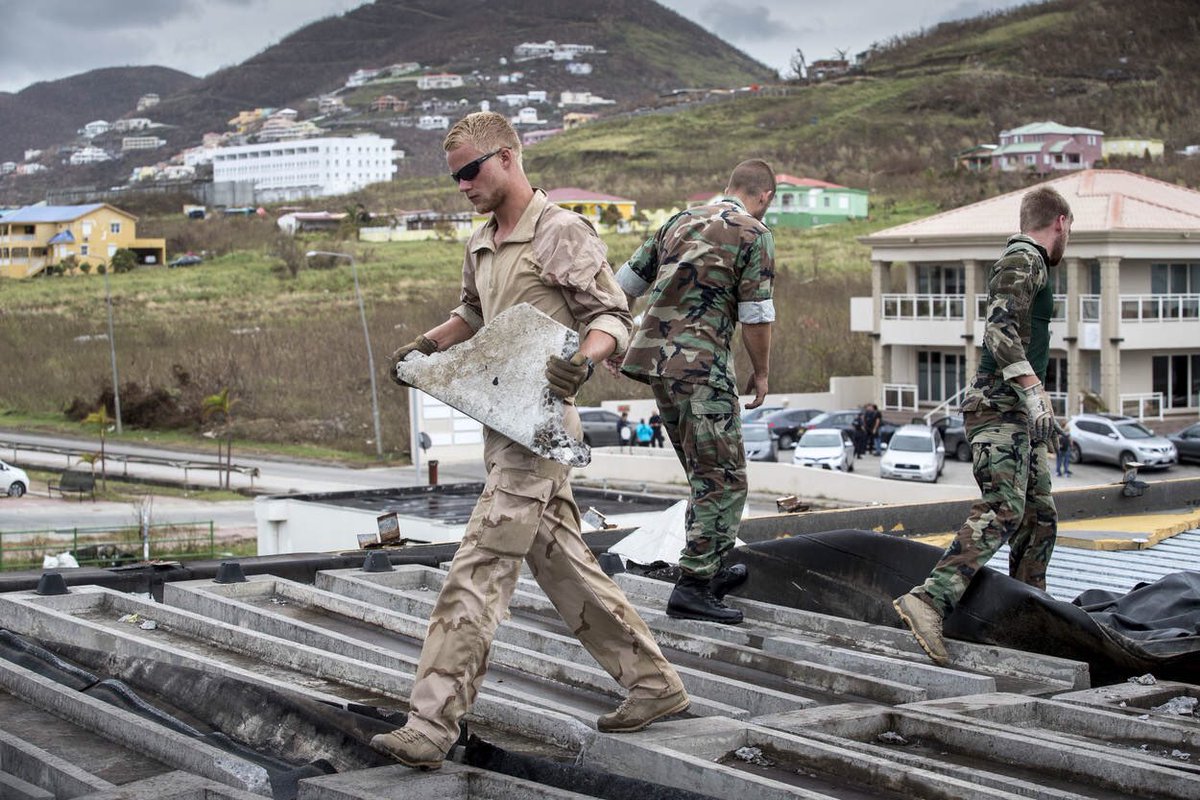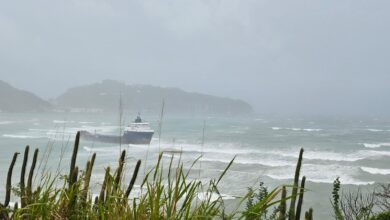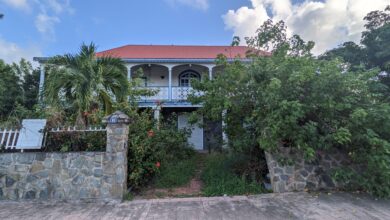The government of Sint Maarten issued a draft of the National Recovery Plan (the Plan) on Monday, October 23, 2017. You may recall that the Sint Maarten government announced on September 23, that they had formed a work group to draft this, the first, version of the Plan.
The goal of the Plan is to outline the vision, principles, framework, and timeline of the restoration and recovery for Sint Maarten that will occur in short-, medium-, and long-term phases. It outlines the impact of the hurricane by listing specific areas of priority.
I’ve read through the entire Interim Report of the Plan and have attempted to summarize the salient points below. You can download the entire document (56 pages) here.
Overview
As mentioned above, the Plan focuses on two areas, the first is reconstruction, which defined as the construction or replacement of damaged physical structures, and the restoration of critical infrastructure.
The plan will also focus on recovery, and is defined as the restoration and, where appropriate, improvement of facilities, infrastructure, livelihoods, and living conditions of the Sint Maarten community.
The government’s vision is to adhere to a principle of ‘Build Back Better’. That notion is mentioned several times in the plan document. The Plan seeks to set priorities which focus on business restoration, community recovery, and strengthening of government. It attempts to provide a framework for both public and private sectors.
The initial estimates of material damage from Hurricane Irma to Sint Maarten are expected to be $1.8 billion (USD). These are Dutch side projections only and do not account for damage to the French side.
A look at the numbers
Private sector funding is projected to come from a combination of insurance coverage and private financing.
Public funding is projected to come from the Dutch government, the European Union, and possibly the United Nations, which the Kingdom has made appeals to on behalf of Sint Maarten.
The following is a formula utilized to make an approximate estimate based on the initial impressions of the Work Group of the damage, and the funding necessary for the recovery of Sint Maarten:
Amount of damage – {insurance payments + contribution business and individuals} = Amount needed for Reconstruction Fund
The expected insurance payments are estimated to total $785 million (USD). The investment that individuals and businesses are projected to make to ‘Build Back Better’, is estimated at $200 million (USD). Given the current estimated damage of $1.8 billion, a funding gap of $815 million remains.
In addition, there are projected budget deficits due to lack of revenues and higher than expected expenditures post-Irma:
| (In millions USD) | 2017 | 2018 | 2019 |
| Income | |||
| Original budget | 268 | 271 | 271 |
| Post-Irma | 196 | 139 | 148 |
| Deficit | (72) | (132) | (123) |
| Expenditures | |||
| Original budget | 256 | 258 | 258 |
| Post-Irma | 272 | 269 | 265 |
| Deficit | (16) | (11) | (8) |
| Total shortfall | (87) | (143) | (130) |
Note: The Plan states the above numbers in Netherlands Antilles Guilder, I have converted using a .56 NAf:USD conversion rate.
The drop in revenues is due to a projected decrease in tourism-related revenues and tax collections. The increase in expenses is driven by a variety of hurricane relief-related expenditures.
As you’d expect, there are a number of projections contained within the Plan and those are meant to be high-level estimates and were partially developed using data and observations from the impact of Hurricane Luis.
Areas of priority
A number of areas are covered in the Plan and it is quite detailed, although somewhat redundant in some parts of the document. Following is a bulleted list of the key areas:
- Post Storm Analysis
- Business Recovery
- Community Recovery
- Government Recovery
- Conclusions and Recommendations
Recommendations
As noted above, the final section of the Plan is the Conclusions and Recommendations section. Here’s a quick overview of those recommendations.
Sustainable economic development begins with jump-starting the cruise port in an attempt to ignite full economic recovery within a year. While the harbor facility is completely intact, the cruise lines have stated that the following conditions must be met for a full resumption of cruise traffic:
- A safe and secure onshore environment
- An extensive cleanup campaign
- Availability of electricity, water and internet
- An enjoyable shopping experience
- Availability of excursions, recreational activities and entertainment
In addition, new building codes must be developed and enforced.
Education must be a focus as a prime building block.
Law and order must be maintained and enforced to secure residents and visitors. In addition, quality law enforcement must be expanded.
Social infrastructure relates primarily with providing adequate housing options for residents of the island. There will also be a need to address the rise in unemployment. Managing waste and creating a modern general hospital are also areas of emphasis.
Institutional strengthening will include tax reform, organizational restructuring, human resource development, and upgrading of government systems.
Final thoughts
Recovering from Hurricane Irma is unquestionably a big job. There are certainly a lot more details and information in the Plan than I’ve laid out above. So, if you really want to understand it I encourage you to read the document yourself.
On October 26, 2017, the Plan will be debated in a Central Committee meeting of Parliament. The input, suggestions, and any changes arising from this debate, including public responses, will be used to finalize the Plan which is due December 2017.
Please help rebuild SXM and give today. Click here to visit the SXM Strong donate page. Thank you!





